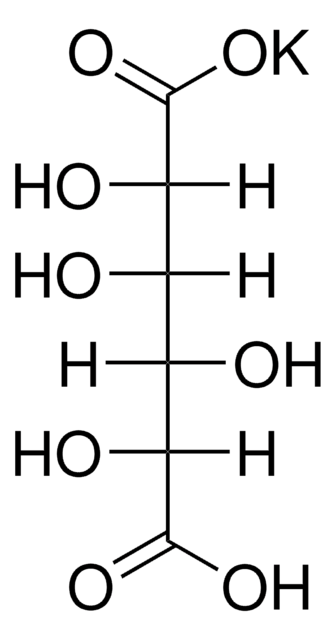24056
SP®-2560 Capillary GC Column
L × I.D. 100 m × 0.25 mm, df 0.20 μm
Synonym(s):
SP-2560, 100M.20UM.25MM
About This Item
Recommended Products
material
fused silica
Quality Level
Agency
AOAC® 2012.13,Ce 1-h05,996.06
meets requirements for USP G5
parameter
≤25-250 °C temperature (isothermal or programmed)
Beta value
313
df
0.20 μm
technique(s)
gas chromatography (GC): suitable
L × I.D.
100 m × 0.25 mm
matrix active group
Non-bonded; poly(biscyanopropyl siloxane) phase
application(s)
agriculture
clinical
food and beverages
column type
capillary highly polar
Looking for similar products? Visit Product Comparison Guide
Related Categories
General description
USP Code: This column meets USP G5 requirements.
Phase:
- Non-bonded
- Poly(biscyanopropyl siloxane)
- Subambient to 250 °C (isothermal or programmed)
Other Notes
Legal Information
Application
Choose from one of the most recent versions:
Already Own This Product?
Find documentation for the products that you have recently purchased in the Document Library.
Customers Also Viewed
Protocols
AOAC Method 2012.13: GC Analysis of Fatty Acids in Powdered Infant Formula on SP™-2560
GC Analysis of a 37-Component FAME Mix on SP™-2560
Separation of null
Chromatograms
suitable for GCsuitable for GC, application for SPEsuitable for GCsuitable for GCGlobal Trade Item Number
| SKU | GTIN |
|---|---|
| 24056 | 4061835551583 |
Our team of scientists has experience in all areas of research including Life Science, Material Science, Chemical Synthesis, Chromatography, Analytical and many others.
Contact Technical Service







